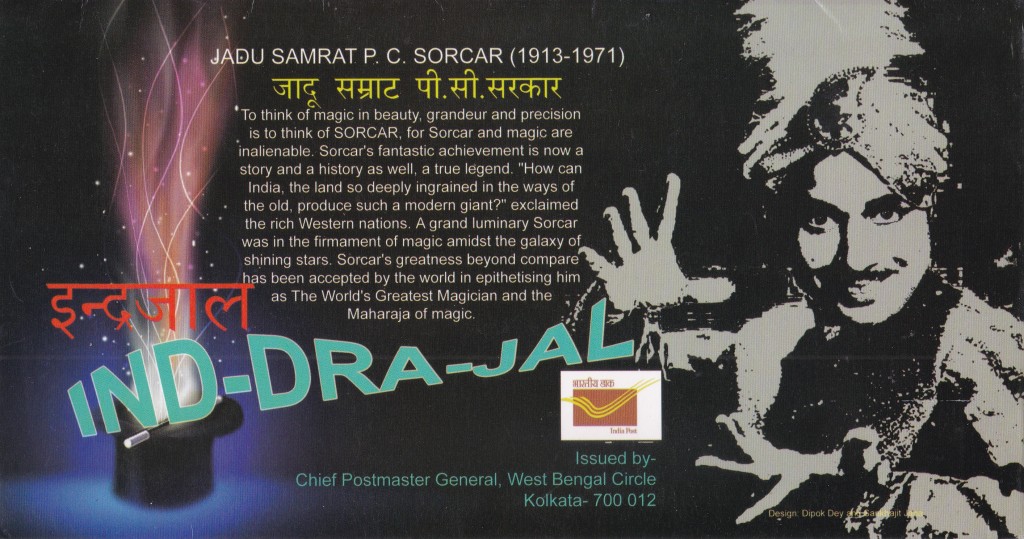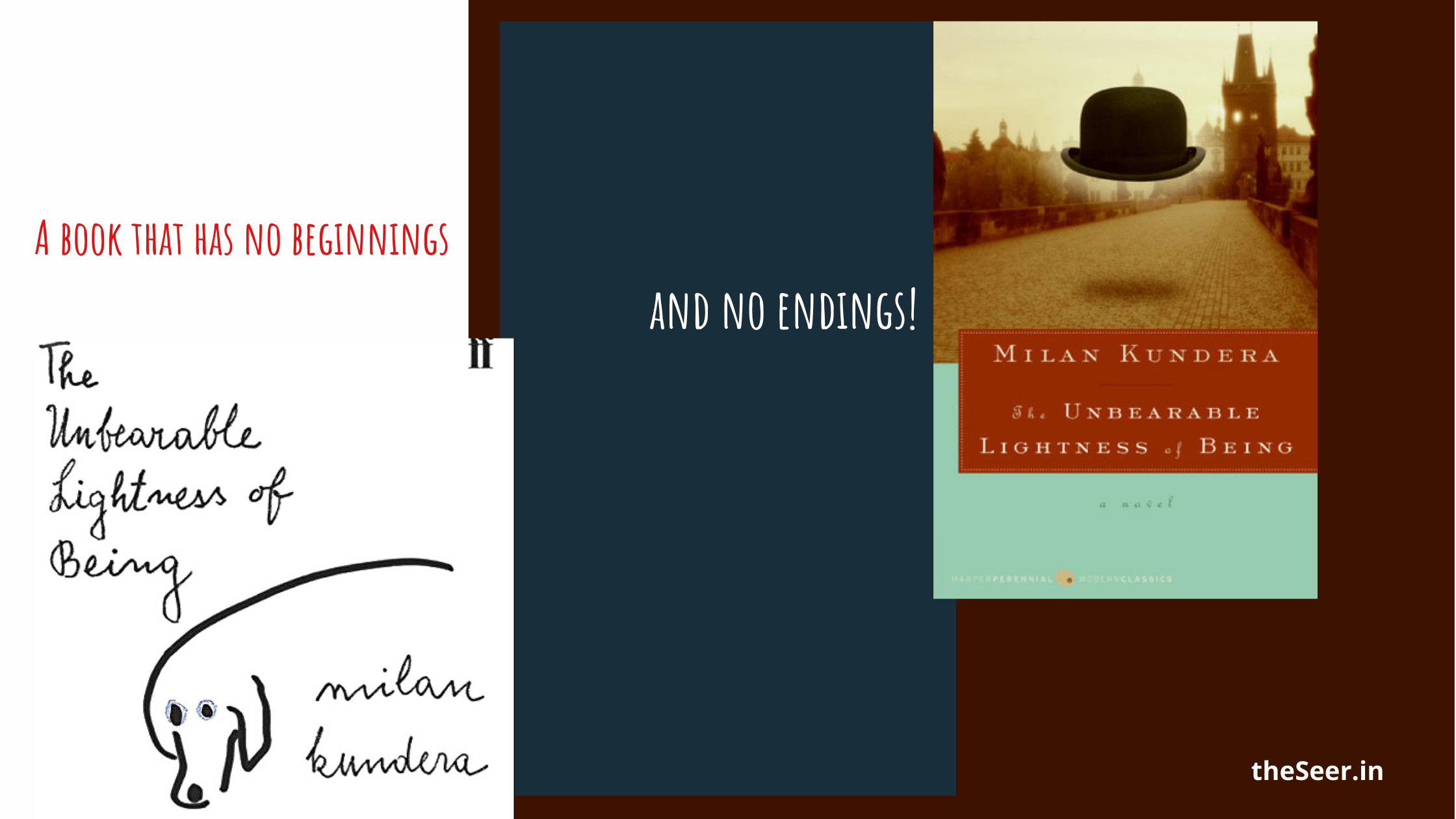Some reviewers end up writing a book report while writing a book review. Some even don’t read the book before writing a book review (yes, it’s a scam!). Some write it to prove that they are Shakespeare incarnate and just one book away from churning out bestsellers like Stephen King.
Well, some reviewers just miss the point of reviewing a book. So, we are releasing a few-pointer guideline to write a book review that is nothing else but a Book Review. Let’s dig in.
There are two stages of writing a book review. One is written in your head while you are reading it and the second is written when you pick your pen or the writing device to actually write it down. So, we have divided our guide into two sections –
- The Reading Part
- The Writing Part
The Reading Part
THE Writing PART
Also, remember George Orwell’s Six Rules for Writing –
- Never use a metaphor, simile, or other figure of speech which you are used to seeing in print.
- Never use a long word where a short one will do.
- If it is possible to cut a word out, always cut it out.
- Never use the passive where you can use the active.
- Never use a foreign phrase, a scientific word, or a jargon word if you can think of an everyday English equivalent.
- Break any of these rules sooner than say anything outright barbarous.
Image by expresswriters from Pixabay











